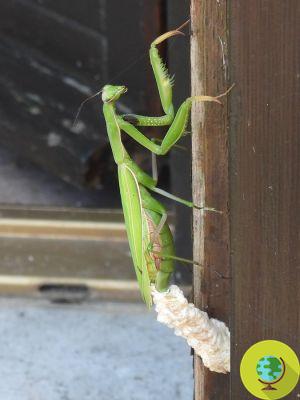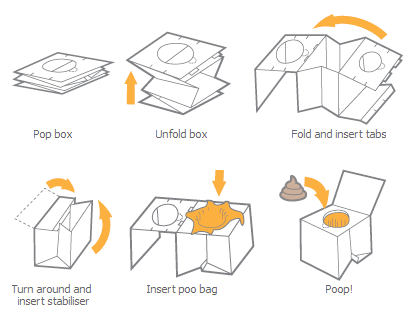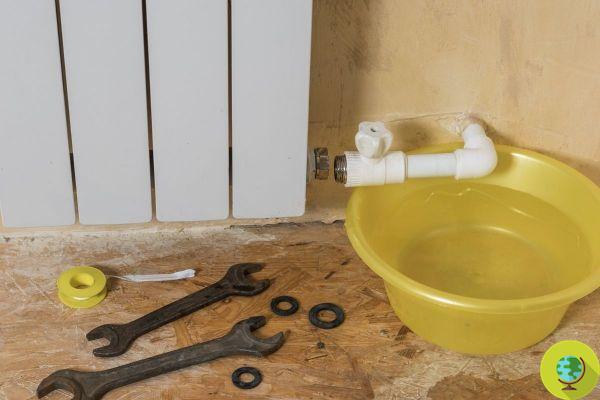
The praying mantis is a very valuable aid in the care of the garden, if you see its sacs then it has laid its eggs and you should not remove them
He is about to end up run over, his mother saves him
The praying mantis Mantis religiosa is a very elegant insect widespread throughout central Europe and belonging to the Mantis family. Particularly appreciated for its predatory abilities, this insect has given rise to a series of fighting styles in martial arts that mimic attacks on its fellow men, but contrary to what one might think the praying mantis is totally harmless to humans and they are also its sacs in which the female lays her eggs.
The female usually kills the male after mating which takes place in November while during the whole winter the unborn babies grow in the ootheca, more commonly called sacs, and then reach full development in high summer where the specimens are fully considered adults. From November to May it is therefore possible that you can spot her in the garden or in the vegetable garden sacs that contain about 60-70 eggs each. (Read also: If you come across this insect, don't kill it. Scutigera is not only harmless, but also very useful around the house)
Found this female Praying Mantis (Mantis religiosa) laying her ootheca (egg mass) on the shutter. It will expand, harden & darken like polyurethane foam. First time I've ever caught one 'in flagrante' laying, although the ootheca are a common sight. pic.twitter.com/RpeC75m7yN
— Paul Tout (@adriawildlife) September 13, 2020
The oothecae should never be removed first of all because the praying mantis is a proven hunter of mosquitoes, wasps, bedbugs, flies and parasites, proving to be in all respects an excellent helper in the maintenance of the green area in which it has chosen to proliferate and in the control of its summer infestations. Secondly, this insect is not at all dangerous for us humans, in cases it can bite - if annoyed - but its bite is not poisonous and does not cause any itching so there is nothing to fear.
Furthermore, they are absolutely not dangerous for the health of your plants.
If you spot a bag in your garden, do not destroy it, but rather stop using fertilizers or other chemicals that can harm the animal and its young. Oothecae can be found anywhere such as among plant leaves, tree trunks or even some creams of walls. In winter it is much easier to notice them in the branches of trees that are bare, while in spring they can disguise well.
Mantis religiosa in the moment of laying eggs …on the table of my garden (?) in #Sicily
Entomologists at @HarperAdamsUni would like it, though!
??? # Entomology #insect #mantisreligiosa #mantide pic.twitter.com/CpdbVaK48A
- Valeria Orlando (@ Valeria_orl7) November 13, 2020
The bags are 2-3 centimeters large on average, are mostly rounded and with colors ranging from brown to white-beige. These enclosures that the secret female will protect the young praying mantis until they hatch around May.
Follow us on Telegram | Instagram | Facebook | TikTok | Youtube
Read also:
- I am a tipula, not a mosquito: I do not sting, please do not crush me
- Silverfish: natural remedies to remove the saccharina lepisma from our homes
- Biological fight: how to attract ladybugs and beneficial insects to the vegetable garden
- How some mantis males manage to escape decapitation after sex


























